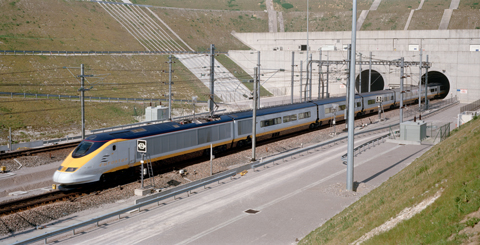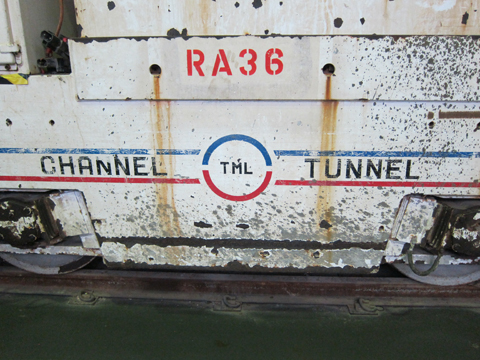
The Channel Tunnel is one of the seven wonders of the modern world but what did it take to build the longest undersea tunnel ever constructed? It’s the 25th anniversary of its opening; a project that’s been blighted by flood, fire, tragic loss of life and financial bust ups. Today, it stands as an engineering triumph and a testament to what can be achieved when two nations, Britain and France put aside their historic differences and work together.

We hear from the men and women, who built this engineering marvel. They had to operate eleven, massive tunnel boring machines gnawing their way through tonnes of rock and chalk, digging not one tunnel but three; two rail tunnels and a service tunnel.
The workforce of over a thousand British tunnellers found ingenious ways to flout the ban on alcohol and cigarettes underground. From injecting grapefruit with vodka to smuggling cigarettes in hollowed out spirit levels. The money that could be made was considerable. When the average wage in 1990 was £14,000, it was not uncommon for a tunneller to be earning £60,000, but in return they had to work in one of the most difficult and dangerous environments in the world. It was even more challenging for women with no female toilets and a culture from some that believed a woman working underground would offend the ‘tunnel god’ causing catastrophic flooding.

In this episode, the pace hots up as the British and French tunnellers race towards the breakthrough point, 40 meters under the seabed. The process of building the Channel Tunnel claimed the lives of eleven tunnellers and highlighted the dangers inherent in this unique working environment.
Eventually on the 1st December 1990, British tunneller Graham Fagg and his French counterpart Philippe Cozette, smashed through the final section of rock linking a country with a continent for the first time since the ice age. After a combined drilling distance of fifty kilometres, the two tunnels were off by just thirty five centimetres. The French welcomed the British with champagne, canapés. On the British side there was only water and tea.
Over the years, the tunnel has shown extraordinary powers of resilience. For both British and French economies, it’s been a huge success as the number of people using the tunnel has increased while freight costs have reduced. Today, it stands as a testament to the 13,000 workers who toiled for six years to build one of the seven wonders of the modern world.
| Director & Series Producer | Graeme Thomson |
| Executive Producers | Carlo Massarella , Fred Hepburn |
| Production Executive | Deborah Weavers |
| Production Manager | Rosella Canade |
| Archive Producer | Carmen Locke |
| Assistant Producer | James Allnutt |
| Production Coordinator | Lindsey Priestley |
| Junior Researcher | Tobi Ogiogwa |